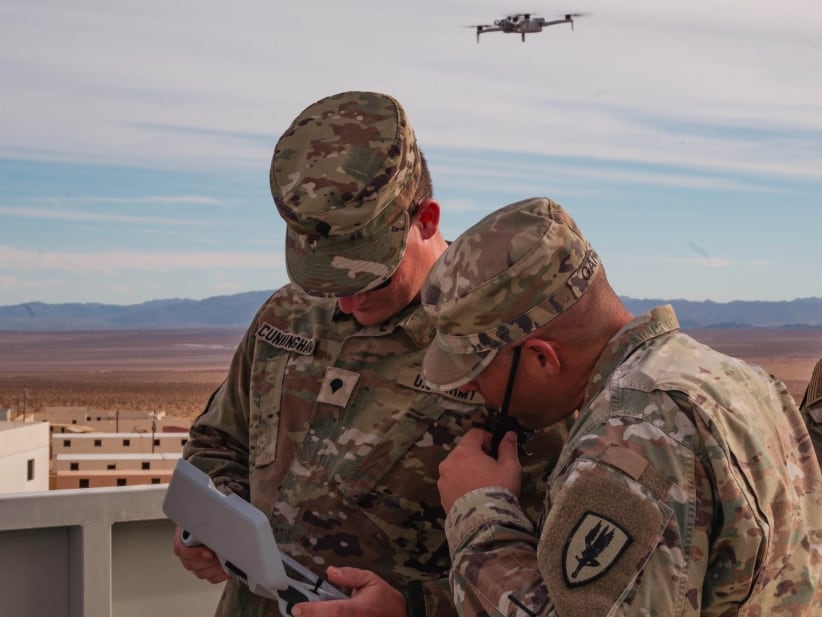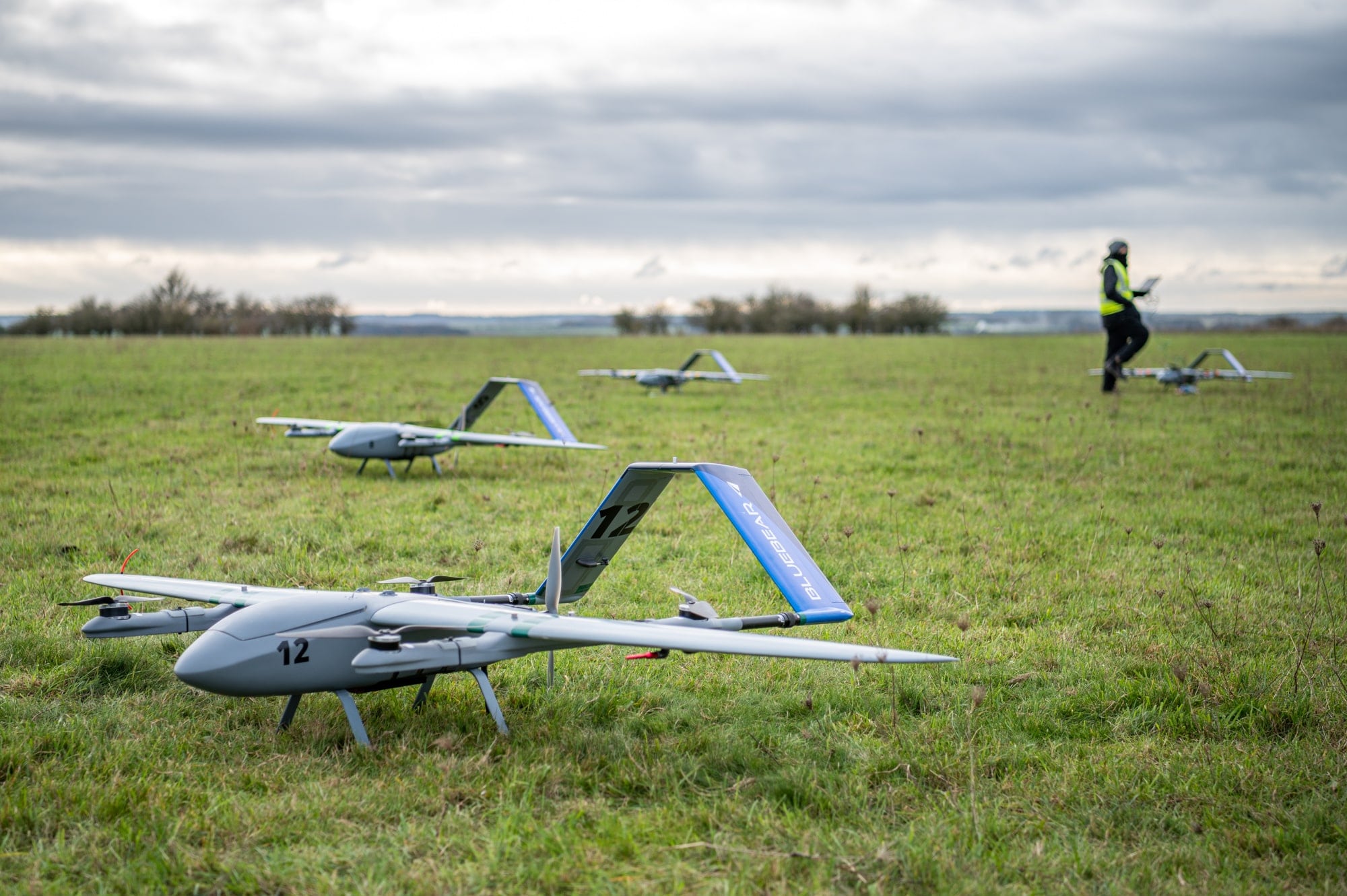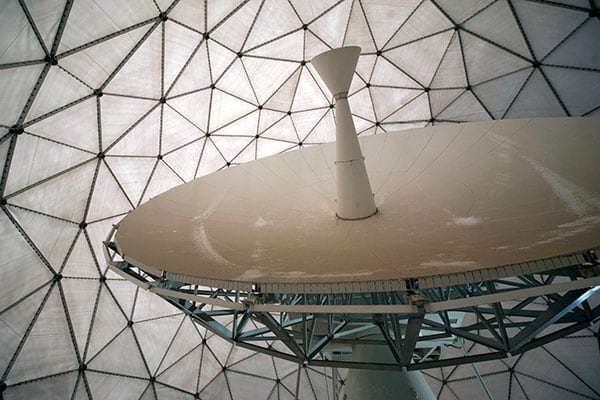This story was updated to include a statement from Lockheed Martin.
The Department of Defense Inspector General has released a redacted report, its second in as many weeks, that takes aim at the management of the Navy’s premier electronic warfare program.
The program executive office did not effectively develop and manage capabilities for Blocks 1B1 and 1B2 for the Surface Electronic Warfare Improvement Program (SEWIP), the IG found.
This occurred because the Navy did not resolve all major deficiencies before or after entering full-rate production, according to the report, which looks at the issues and how the program officer will resolve deficiencies, minus certain details.
The SEWIP program is expected to have a total cost of about $5.7 billion.
For example, the Navy did not effectively develop and manage electronic warfare and electronic support capabilities for Block 2 of SEWIP because, in order to stay on schedule, the Navy waived a program facet, redacted in the report, rather than correcting problems before proceeding into initial operational test and evaluation.
The PEO spent $1.8 million to conduct a second phase of IOT&E for Block 2, increasing the acquisition schedule by almost two years.
Block 1 of SEWIP provides enhanced electronic warfare capabilities with Block 2 providing enhanced electronic support.
General Dynamics is the prime contractor on SEWIP Block 1 while Lockheed Martin is the prime contractor on Block 2.
In a statement, Lockheed Martin said the Block 2 system has passed an initial review from the Pentagon’s chief weapons tester and that the system continues to outpace the threat.
This report, while dated March 13, follows the release of another redacted report dated November 9 finding Block 3 has significant cost overruns. Northrop Grumman is the prime on Block 3.
[IG: Navy’s $5.7 billion electronic warfare program has ‘significant’ overruns]
The DoD IG recommended that the PEO for Integrated Warfare System correct SEWIP Blocks 1B1 and 1B2, as well as deficiencies that may impact testing prior to IOT&E.
The Navy, responding to the report, agreed with these recommendations, noting that Blocks 1B1 and 1B2 are being replaced by Blocks 1B3 and 2.
A previous version of this story misstated the prime contractors.
Mark Pomerleau is a reporter for C4ISRNET, covering information warfare and cyberspace.








